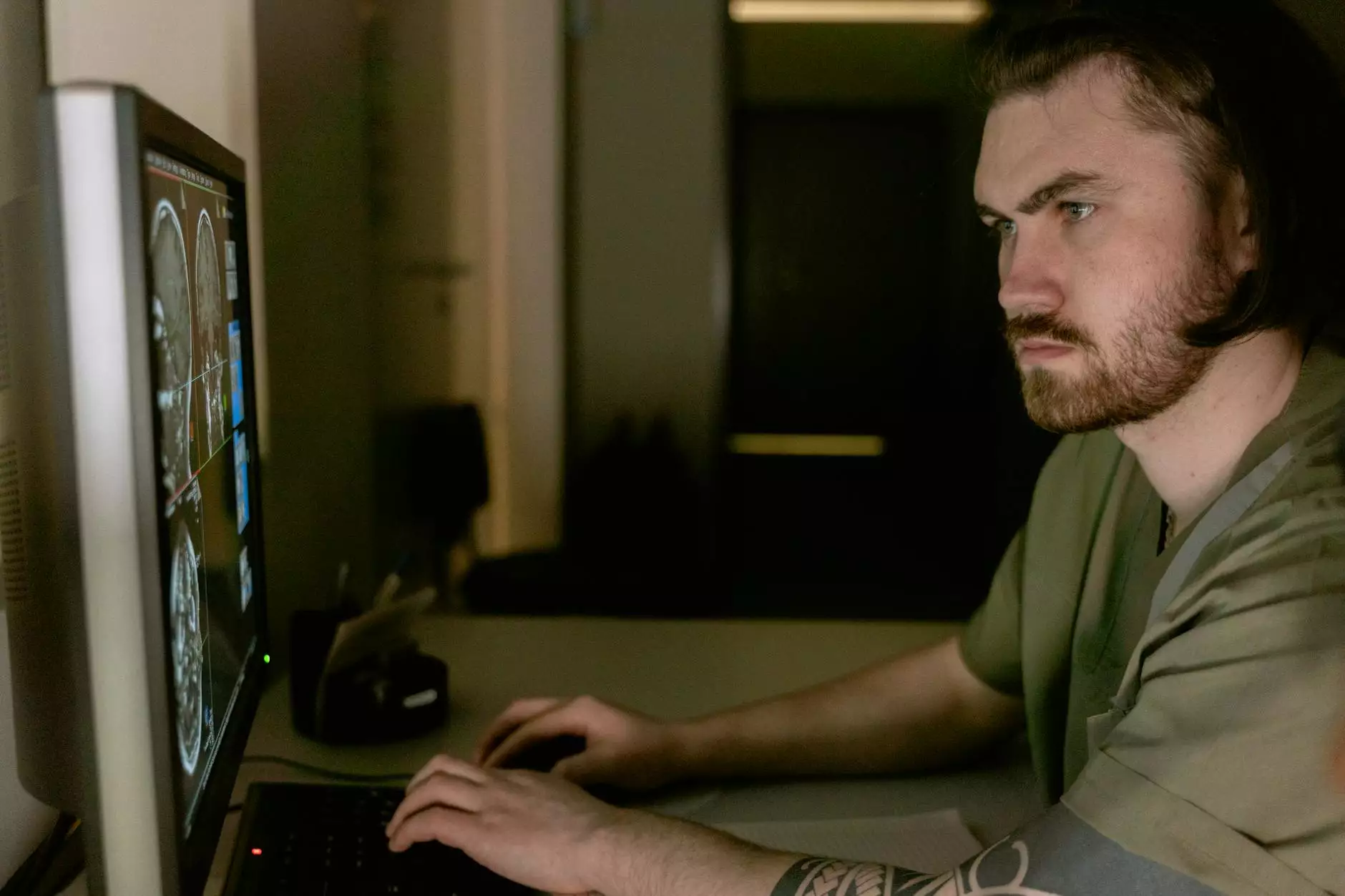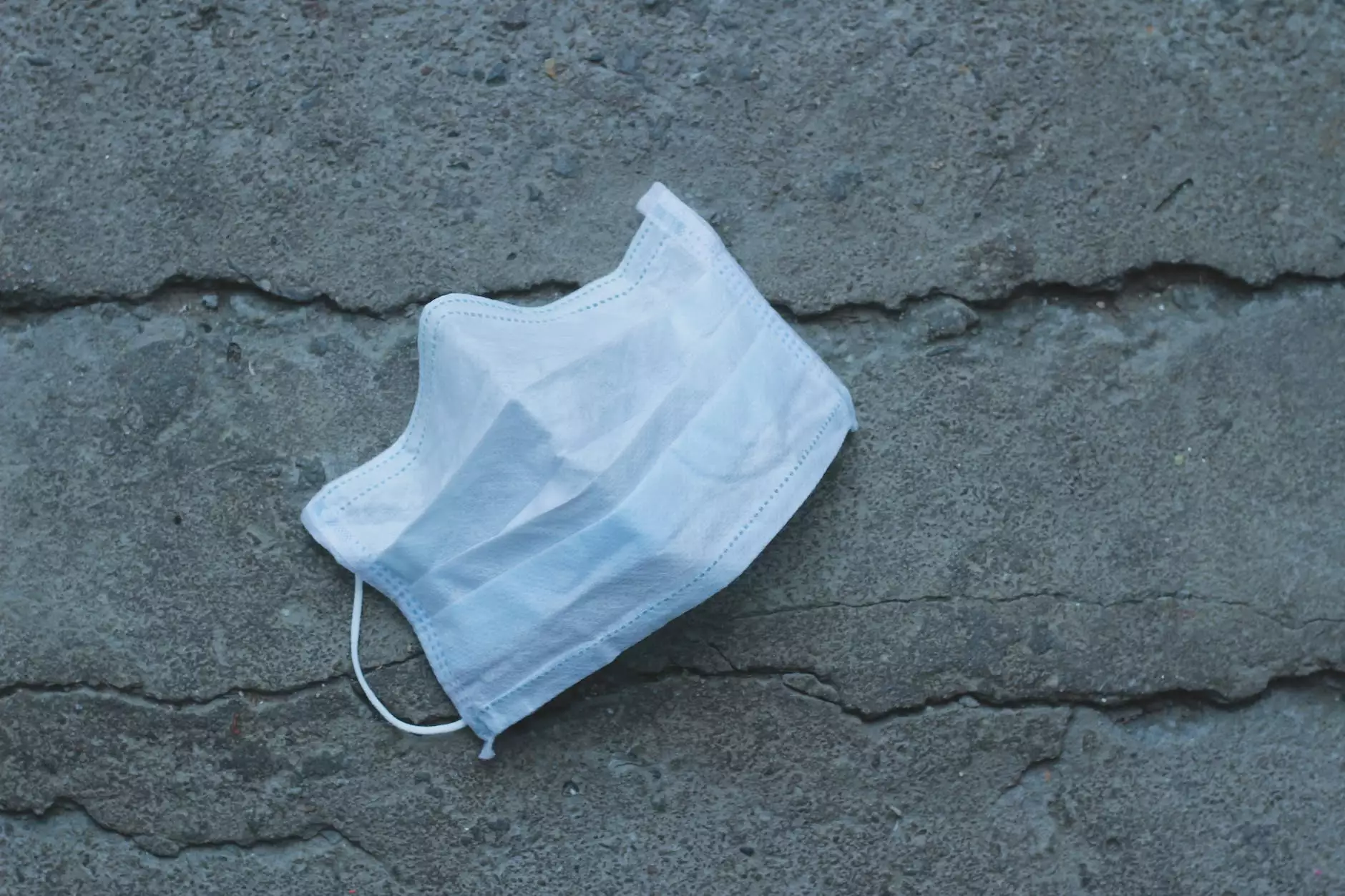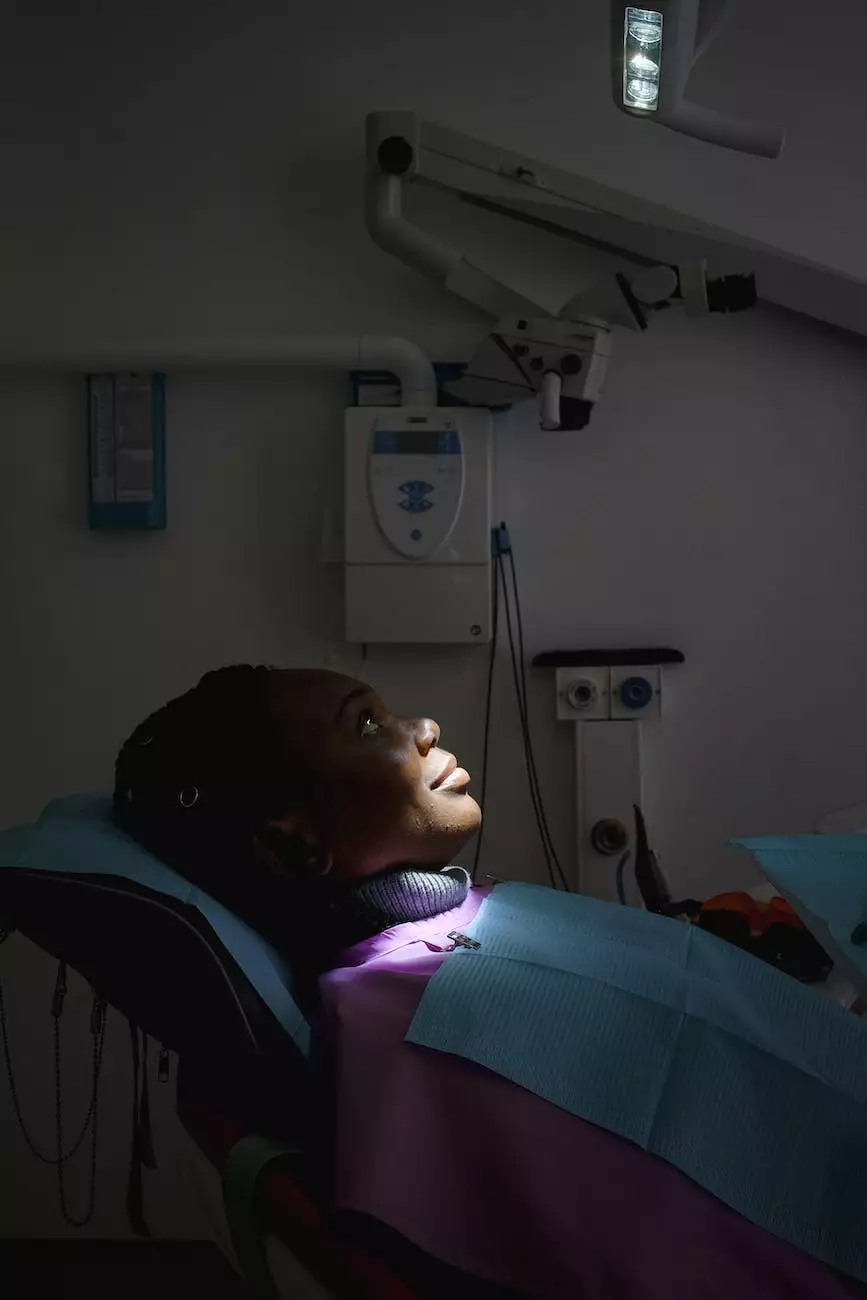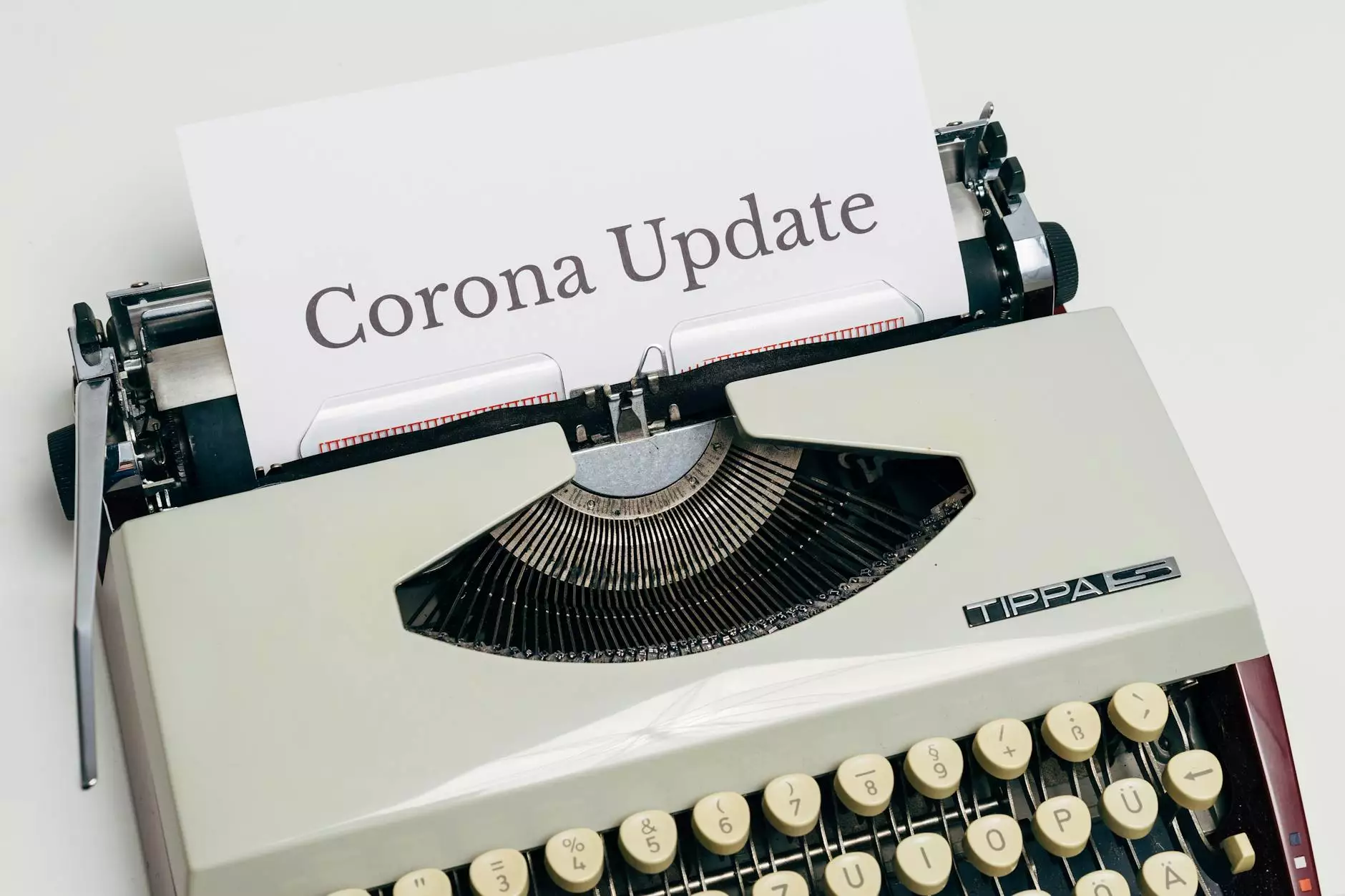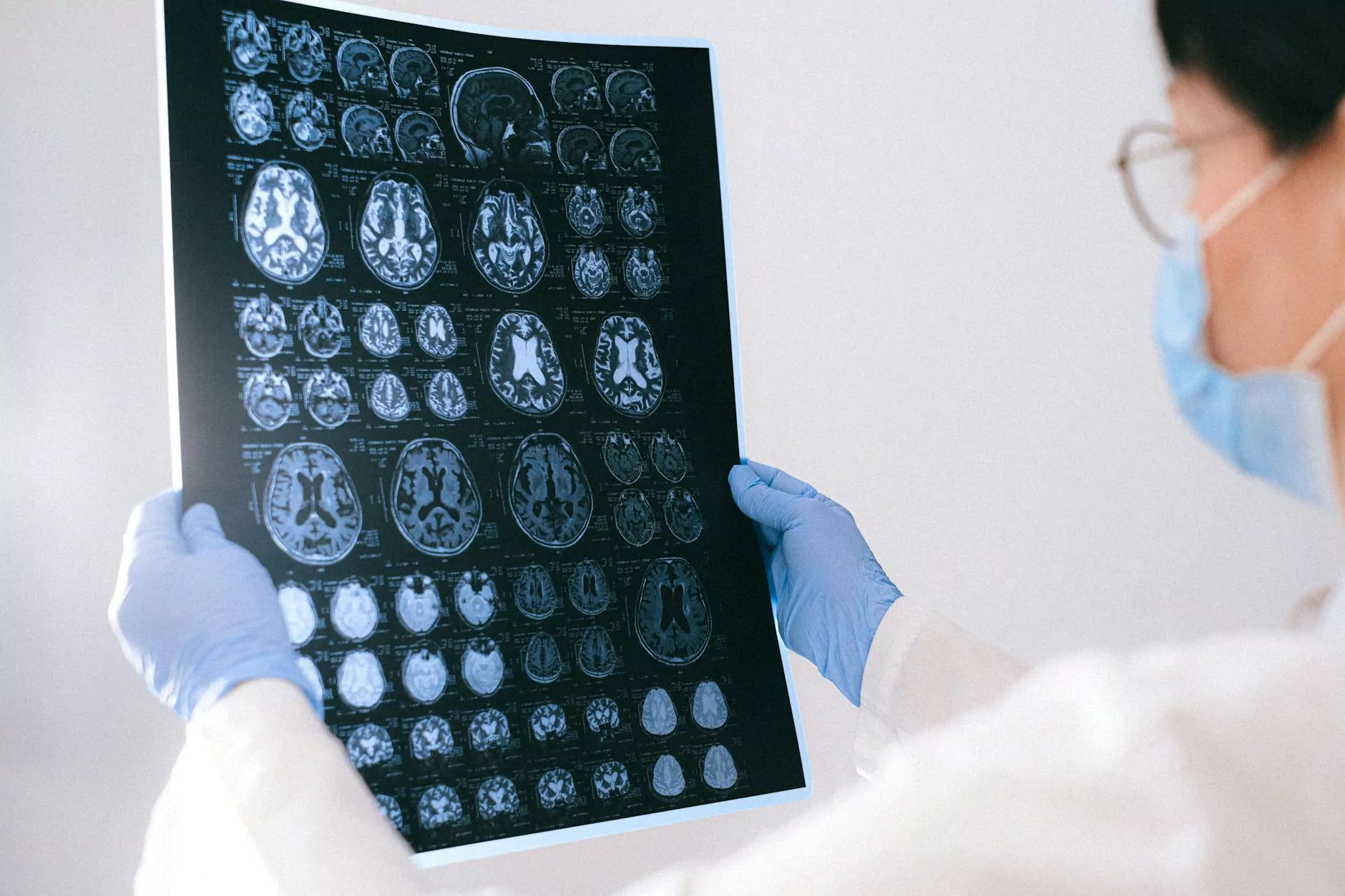What Are Mallet, Hammer, and Claw Toes?
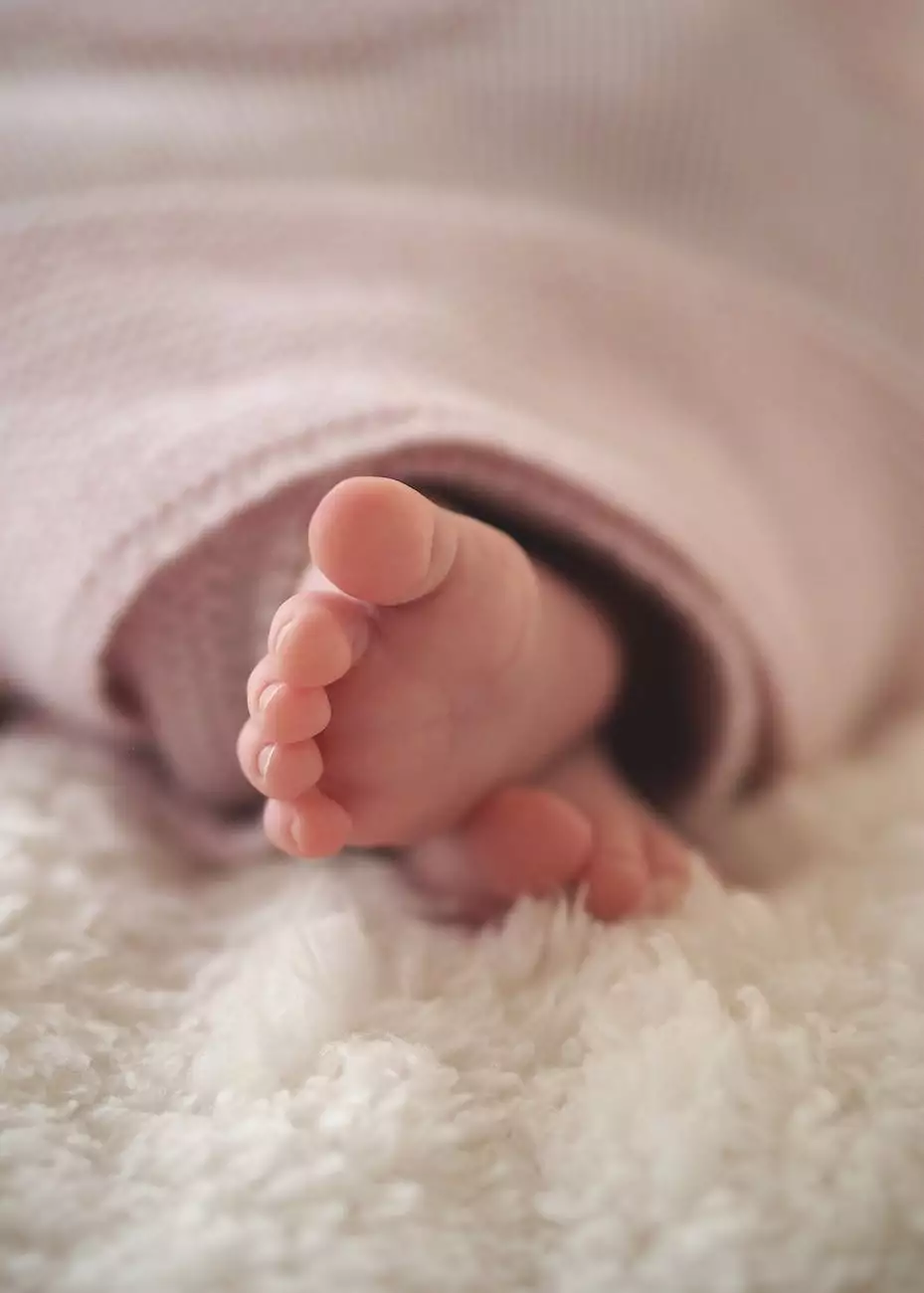
Welcome to Furstenberg Michael Dr's Health Library! If you are looking for comprehensive information on mallet, hammer, and claw toes, you have come to the right place. Our expert team of professionals is dedicated to providing you with the highest quality content to assist you in understanding these conditions.
Mallet Toes
Mallet toes are a condition that affects the toes, causing them to bend downward at the joint closest to the tip of the toe. This results in the appearance of a mallet-like deformity. The condition typically occurs due to an imbalance in the muscles and tendons that control toe movement.
Common causes of mallet toes include:
- Ill-fitting or tight shoes
- Genetic factors
- Arthritis
- Previous foot injuries
The symptoms of mallet toes often include pain, corns or calluses forming on the affected toe, and difficulty fitting into shoes.
Treatment options for mallet toes may include:
- Wearing supportive, properly fitting shoes
- Using orthotic devices or inserts
- Physical therapy exercises
- In severe cases, surgery may be required to correct the deformity
Hammer Toes
Hammer toes are characterized by an abnormal bend in one or more of the middle toes, causing them to resemble a hammer. This condition often develops over time due to a combination of genetic predisposition and factors that put pressure on the toes.
Common causes of hammer toes include:
- Tight shoes
- Foot anatomy
- Arthritis
- High heels or shoes with narrow toe boxes
Symptoms of hammer toes may include pain, corns or calluses, and difficulty flexing or straightening the affected toes.
Treatment options for hammer toes may include:
- Wearing shoes with a wide toe box
- Using orthotic devices or toe splints
- Stretching exercises
- In severe cases, surgery may be necessary to correct the deformity
Claw Toes
Claw toes refer to a condition where the toes bend upward at the joint, causing them to resemble a claw. This condition is often associated with muscle imbalances or nerve damage, leading to the abnormal positioning of the toes.
Common causes of claw toes include:
- Nerve damage from conditions like diabetes
- Foot anatomy
- Rheumatoid arthritis
- Wearing tight shoes
Symptoms of claw toes may include pain, corns or calluses, and difficulty finding comfortable shoes.
Treatment options for claw toes may include:
- Wearing shoes with a roomy toe box
- Using orthotic devices or toe splints
- Stretching and strengthening exercises
- In severe cases, surgery may be recommended to correct the deformity
At Furstenberg Michael Dr, we understand the impact that mallet, hammer, and claw toes can have on your daily life. That's why we provide comprehensive resources and treatment options to help you find relief. If you suspect you may have any of these conditions, we encourage you to schedule a consultation with our experienced healthcare professionals.
Remember, early intervention and proper treatment can make a significant difference in managing and resolving these toe deformities. Don't let mallet, hammer, or claw toes hold you back from enjoying a pain-free and active lifestyle.
Contact Furstenberg Michael Dr today to learn more about mallet, hammer, and claw toes and to schedule an appointment with our team. We are here to help you every step of the way!



